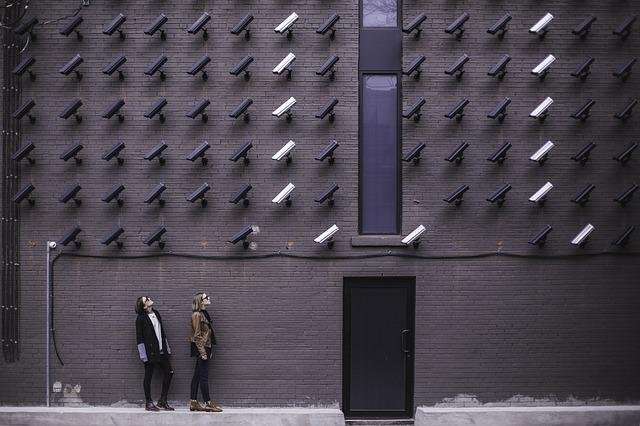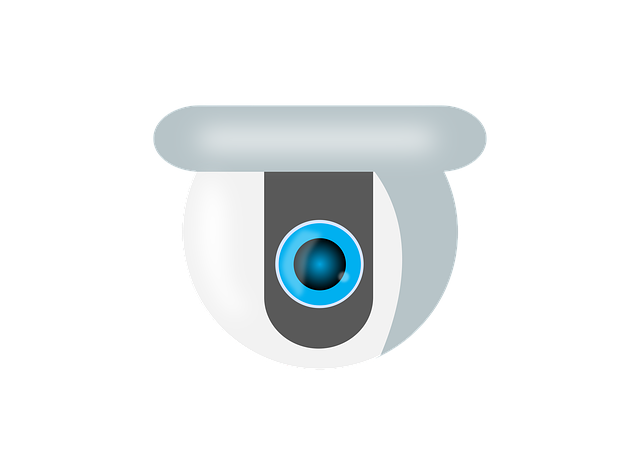Varieties of cameras and equipment tend to meet different types of requirements. Footage transmission distance is the top concern for home and business security alike. You will find massive variations from CCTV to CCTV. So, what is the maximum range of CCTV cameras?
The CCTV camera range is worth your full attention. Tampa Camera Installation answers all of your questions in this respect. Also, you can contact us for a specific project.
What is a long-range security camera?
Long-range surveillance cams can focus beyond 75 feet from mounting stands. They can recognize a person of interest from at least this distance.
PTZ security cameras are top performers in long distances. They provide a crisp overview of the area. You may mount a PTZ Camera to patrol a large parking lot.
How far can the CCTV footage travel?

What is the maximum length of video cable run for CCTV cameras? Normally, this question involves the maximum distances of RG59 coax cable for CCTV cameras or HD coax security cameras. Besides, thicker gauge RG-6 can carry CCTV video signals beyond RG59.
Typically, analog CCTV transmission ranges within 213 meters or 700 feet using RG59 coaxial cable. However, the best video amplifier can significantly ramp up the video transmission distance. This amplifier lets you run CCTV video up to 1000 feet.
Equipment-wise max footage transmission distances
RG-59 coax cable: 700-800 feet
RG-59 coax cable with CCTV video amplifier: 3000 feet
RG-6 coax cable: 1000 feet
CAT-5 with passive video balun: 1,200 feet
CAT-5 with HD video amplifier: 5,000 feet
A home security camera covers a range between 0 to 70 feet. But the distance depends on the resolution, sensor, and lens. However, high-end professional cameras such as high-resolution PTZs can master a distance from 0 to 700 feet.
Besides, your surveillance footage communication relies on voltage capacity as well. The max voltage dropping distance for the power cable depends on the voltage, the amount of power the camera draws in amps, and the gauge of the used cable. The voltage drop calculator and voltage drop chart give you an accurate reading in this respect.
Note: RG59 Siamese cable is the most popular type of cable for CCTV installation. It runs both video and camera power.
How far does the wireless camera transmit?
A wireless camera’s range may reach up to 500 feet or more.
A clear line of sight between the camera and the receiver best facilitates the cleanest function of wireless security cameras. Outdoor digital wireless cameras with no hindrance offer a range between 250 and 450 feet. Contrarily, indoor cameras deliver only 100 to 150 feet of coverage.
Which CCTV cameras have the longest range?
The leading long-distance surveillance systems
- Sequro, GuardPro Wireless Security Camera System.
- Foscam, Mesh Wi-Fi Network Security Camera System.
- XmartO, 8-Camera Wi-Fi Security System.
How to extend the wireless camera range?
You can use the high gain directional indoor panel antenna to focus a wireless signal onto one specific camera or extend the range of multiple wireless cameras. Wireless camera extenders can connect the directional wireless panel antenna directly to the camera.
What is the optical range of CCTV cameras?
In fact, optical range determines the workable distance a camera can capture image particulars. If you are unaware or ignorant of this camera property, camera sellers would never mention it anyway.
Instead, they would happily sell you the features of an IR range or infrared range to you. However, the optical range is critical to your video monitoring experience. Conversely, the TVL numbers and IR brightness have no impact on the visual range. Rather, you must explore the lens and its specifics.
What is the focal length or camera lens unit?
MM (millimeter) is the focal length unit of camera lenses. A smaller number means a wider angle of view. Wide-angle views give you more content and less clarity. Conversely, a higher focal length or larger number allows you to see less in your image (more zoomed in).
D1 resolution brings in around 400,000 pixels per image frame. Fewer pixels translate into fewer details. A wide-angle lens spreads out the pixels and diminishes the picture quality. Contrarily, a telephoto lens compacts the pixels to show sharp details of distant images.
What is camera TVL?

Television lines (TVL) specify an analog camera’s or monitor’s horizontal resolution power. The TVL is a critical resolution measurement factor in a video system. You can assess the TVL using the standard EIA 1956 resolution chart.
How do evaluate camera details?
Your specific surveillance requirements determine it. Some systems identify people, and others can read a vehicle registration plate. The optical range decides how far from the camera a vehicle registration plate is legible.
What are the three lenses of IP cameras?
- Fixed camera lenses do not move to adjust the field of view, zoom, or focal length.
- Varifocal camera lenses are customizable for varying focal lengths. However, you must refocus it after adjustment.
- PTZ camera lenses zoom in and out as needed while maintaining focus.
Fixed lens cameras are less suitable for long-range surveillance. The long-distance, low-light, and extreme cold series can offer great viewing angles. They can eventually read a license plate or identify a face at a 300 to 800-feet distance.
Final words–
You can secure your home and business using numerous CCTV cameras. Surveillance is crucial for today’s society. It takes our day-to-day life experiences to higher levels of security. What you need to know is that there are countless CCTV cameras tailored to address different circumstances or premises.
Tampa Camera Installation selects optimum cameras for maximum visibility and coverage. We are the top CCTV consultants and designers in Tampa. Contact our experts for outstanding insights right now.


Itís difficult to find well-informed people in this particular subject, but you sound like you know what youíre talking about! Thanks